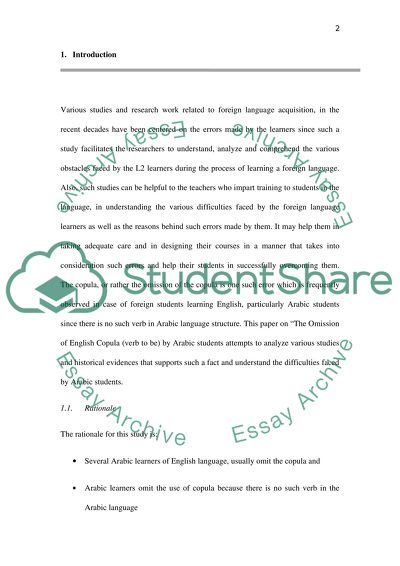Cite this document
(Effects of Time Exposure to Language Assignment, n.d.)
Effects of Time Exposure to Language Assignment. Retrieved from https://studentshare.org/education/1559895-recommendations-for-further-studies
Effects of Time Exposure to Language Assignment. Retrieved from https://studentshare.org/education/1559895-recommendations-for-further-studies
(Effects of Time Exposure to Language Assignment)
Effects of Time Exposure to Language Assignment. https://studentshare.org/education/1559895-recommendations-for-further-studies.
Effects of Time Exposure to Language Assignment. https://studentshare.org/education/1559895-recommendations-for-further-studies.
“Effects of Time Exposure to Language Assignment”, n.d. https://studentshare.org/education/1559895-recommendations-for-further-studies.


